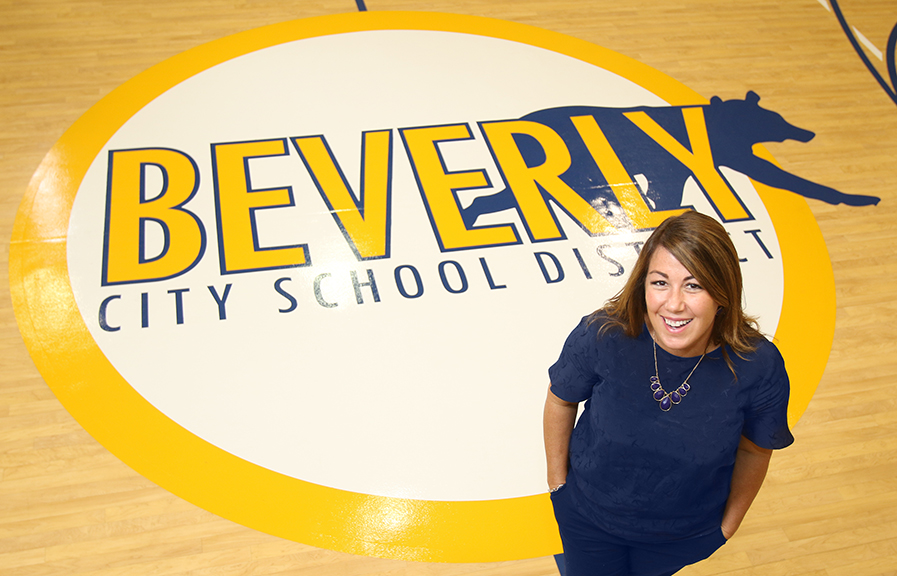Head lice in schoolsAs you may know, head lice cases have been on the rise. An estimated 6 to 12 million infestations occur each year in the United States, most commonly among children ages 3 to 11. I am writing to you to help you learn how to identify lice and provide information on what you can do if lice hit your home.
We want to provide you with the information you need to safeguard your children’s health. Please discourage your children from sharing items that may touch the head, such as hats, in order to reduce the transmission of head lice within our school and at home. If you do notice evidence of head lice infestation, please contact your child’s health care provider for guidance as soon as possible.
What are head lice?Head lice are tiny, wingless insects that live close to the human scalp. They feed on blood. The eggs, also called nits, are tiny, tear-drop shaped eggs that attach to the hair shaft. Nits often appear yellowish or white, and can look like dandruff but cannot be removed or brushed off.The nymph, or baby louse, is smaller and grow to adult size in one to two weeks. The adult louse is the size of a sesame seed appears tan to grayish-white. An itchy and inflamed scalp is a common symptom of lice. Although not common, persistent scratching may lead to skin irritation and even infection.
Who is affected by head lice?Head lice are not related to cleanliness. In fact, head lice often infest people with good hygiene and grooming habits. Infestations can occur at home, school or in the community. Head lice are mostly spread by direct head-to-head contact — for example, during play at home or school, slumber parties, sports activities, or camp. Less often, lice are spread via objects that have been in recent contact with a person with head lice, such as hats, scarves, hair ribbons, combs, brushes, stuffed animals or bedding.
What to do if an infestation occurs?If you think your child has head lice, it’s important to talk to a healthcare provider to discuss the best treatment approach for your family. Resistance to some over-the-counter head lice treatments has been reported, but the prevalence of resistance is not known. There are new prescription treatment options available that are safe and do not require nit combing.
|
Important linksIf you have any problems downloading or reading the PDF documents on this page, please call 609-387-2200 or email [email protected] and someone will help you.
|
|
Note about the documents on this site: Most of the documents on this site are PDF (Portable Document Format) documents. You will need to have Adobe Acrobat Reader installed on your computer to view and print them. Please click here to get Acrobat Reader.
If you have any problems downloading or reading the PDF documents on this page or any other accessibility concerns regarding this website, please call 609-387-2200 or email [email protected] and someone will help you.
American Foundation for the Blind (AFB)About Beverly City SchoolBeverly City School is a Preschool through 8th grade school located in Beverly City, New Jersey.
|
|
Copyright © Beverly City School 2023

